The term “fixing the shadows” started as a way to describe the early stages of photography , referring to the fixer , a chemical combination used in the final steps of processing an image onto paper. However its also linked to the use of the camera obscura.
The term ” camera obscura ” was first used by the German astronomer Johnnas kepler in the early 17th century.
Originally the camera obscura was used to study eclipses with without the risk of damaging the eyes by looking directly into the sun
A camera obscura consists of a box, tent, or room with a small hole in one side or the top. Light from an external scene passes through the hole and strikes a surface inside, where the scene is reproduced, inverted (upside-down) and reversed (left to right), but with color and perspective preserved.
The camera obscura was then later used by artists to trace outlines which led many to take an interest in looking for more permanent photographic images as the camera obscuras images were beautiful but fleeting. This included Nicephore niepce.
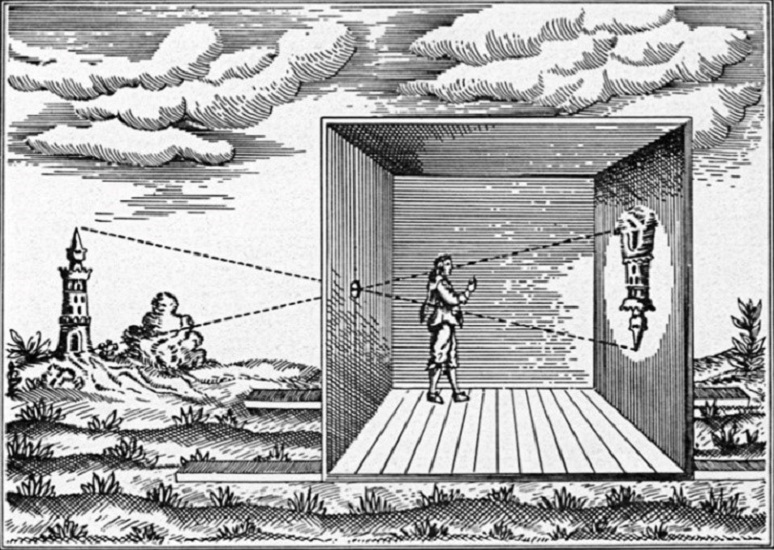
Nicephorus Niepce
Nicephorus Niepce was a French inventor and one of the earliest pioneers of photography. He developed heliography after being inspired by the camera obscura which translates to ” sun drawings ” , he used it to create the worlds first permanent photographic images.

For his first experiments , Nicéphore Niépce positioned at the back of a camera obscura sheets of silver salts coated paper, known to blacken with daylight . In may 1816 he produced the first image of nature : a view from a window . It was a negative and the image vanished because in broad daylight the coated paper becomes completely black . He calls these images “retinas”.
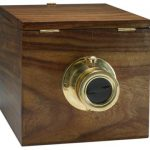
Nicephore is known as one of the ‘Fathers of photography‘
Louis Daguerre
Louis-Jacques-Mandé Daguerre was a French artist and photographer, recognized for his invention of the eponymous daguerreotype process of photography. He became known as one of the fathers of photography much like Nicephore.
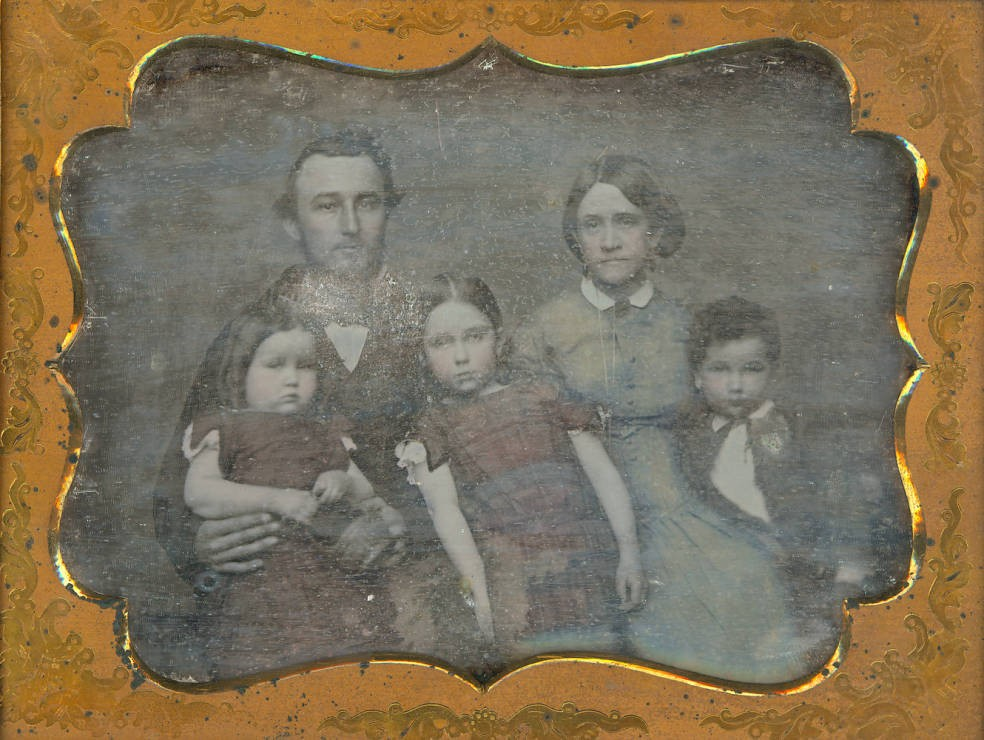
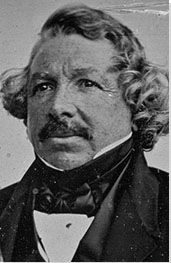
the eponymous daguerreotype is characterized by its mirrored surface and the image’s high level of detail. First introduced in 1839 in France, the process quickly spread throughout Europe and to the United States where it was popular through the 1860s.
Having effectively retired, Daguerre returned to his first passion and spent the last decade of his life painting diorama-like tableaus for local churches in and around the Paris suburb of Bry-sur-Marne. He died there of a heart attack on July 10, 1851, aged 63.
The daguerreotype process made it possible to capture the image seen inside a camera obscura and preserve it as an object. It was the first practical photographic process and ushered in a new age of pictorial possibility.
Daguerreotype
The daguerreotype is a direct-positive process, creating a highly detailed image on a sheet of copper plated with a thin coat of silver without the use of a negative. The process required great care. The silver-plated copper plate had first to be cleaned and polished until the surface looked like a mirror.
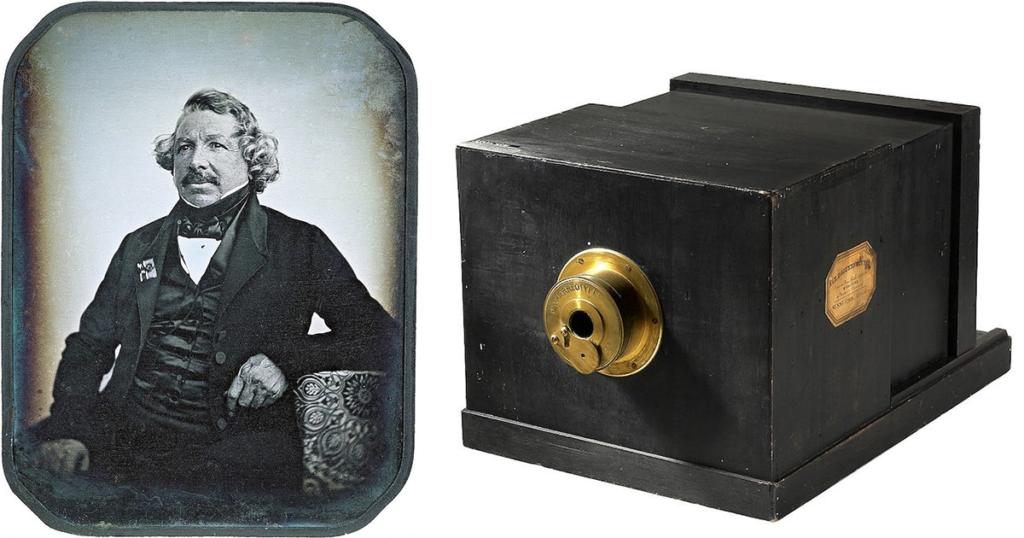
Daguerreotypes can be identified by a silver mirror finish where the image can be seen or not seen depending on reflection. These date from 1839 -1860s. Ambrotypes are a positive on glass with black background added in order to contrast and see the image dating from the 1850s -1860s
The daguerreotype is accurate, detailed and sharp. It has a mirror-like surface and is very fragile. Since the metal plate is extremely vulnerable, most daguerreotypes are presented in a special housing.
Henry Fox Talbot
William Henry Fox Talbot was an English scientist, inventor, and photography pioneer who invented the salted paper and calotype processes, precursors to photographic processes of the later 19th and 20th centuries.
William Henry Fox Talbot was credited as the British inventor of photography. In 1834 he discovered how to make and fix images through the action of light and chemistry on paper. These ‘negatives’ could be used to make multiple prints and this process revolutionised image making.
Within 18 months of his initial experiments, he had grasped how to make these drawings permanent and, more importantly, developed the negative/positive process. Talbot’s calotype became the foundation for modern photographic practices. Talbot’s name appears alongside Louis Daguerre as a pioneering inventor.


William Henry Fox Talbot | Oak Tree (mid 1840s) | Artsy
Richard Leach Maddox
Richard Leach Maddox was an English photographer and physician who invented lightweight gelatin negative dry plates for photography in 1871.
Long before his discovery of the dry gelatin photographic emulsion, Maddox was prominent in what was called photomicrography – photographing minute organisms under the microscope. The eminent photomicrographer of the day, Lionel S. Beale, included as a frontispiece images made by Maddox in his manual ‘How to work with the Microscope’ – wikipedia

Richard Leach Maddox
(4 August 1816 – 11 May 1902)
